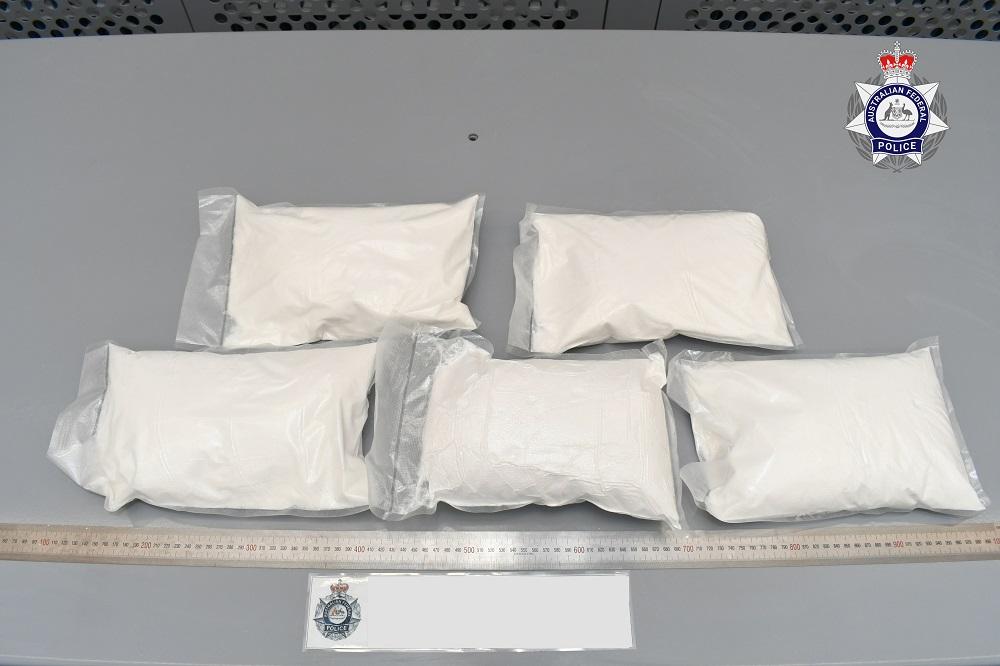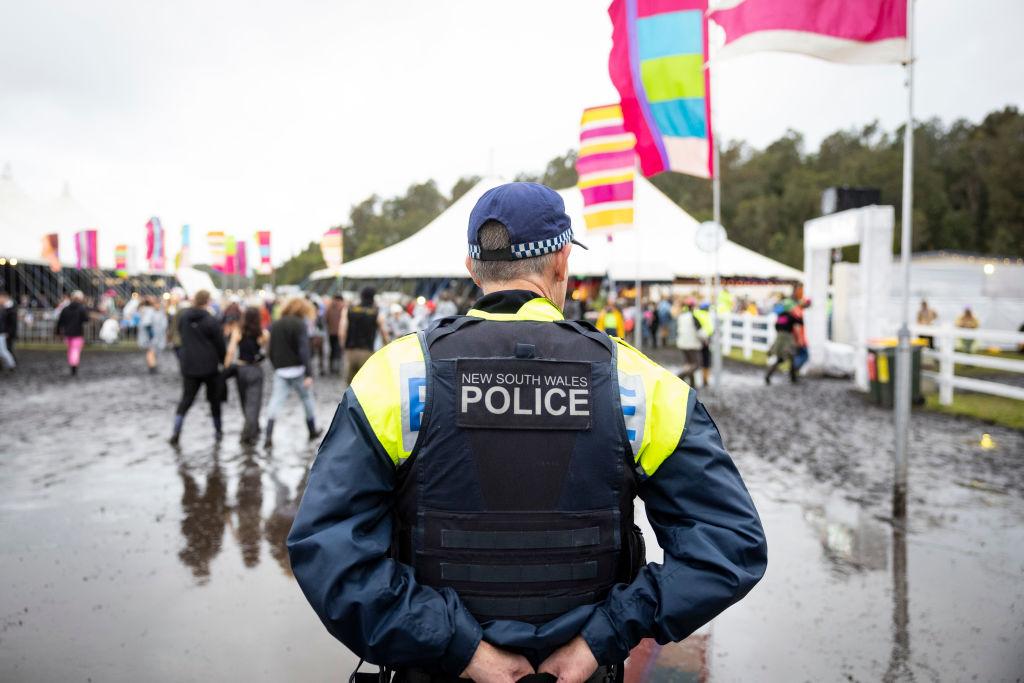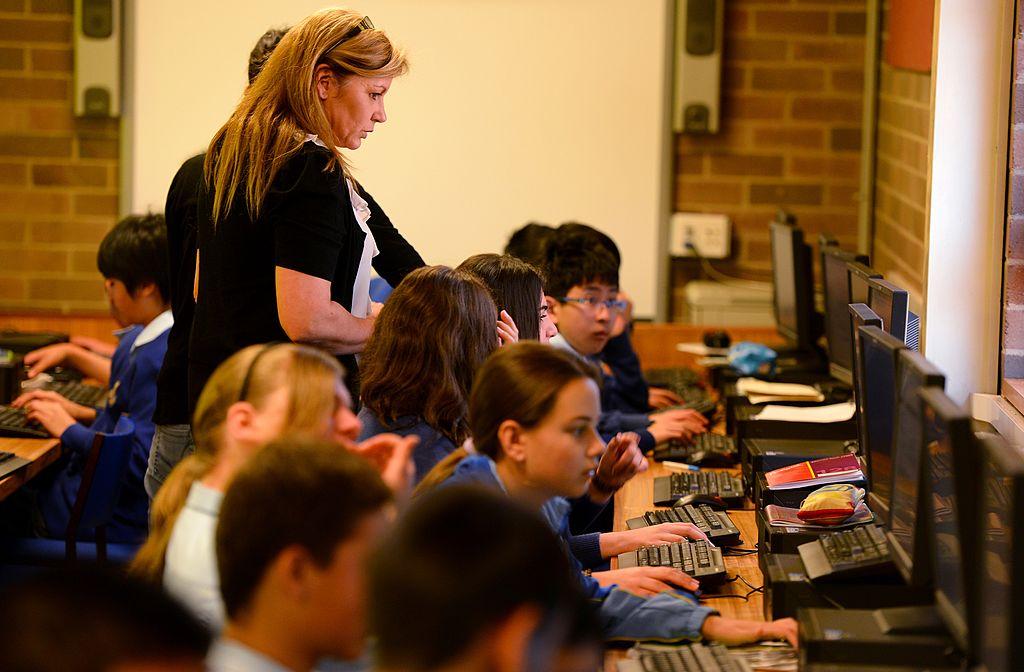Australian authorities are on high alert following their seizure of a record amount of ketamine attempting to enter the country, amid a significant surge in illicit demand for the addictive sedative.
The use of ketamine—a sedative that can cause disorientation, memory loss, depression, seizures, and death—has quadrupled in the last seven years among people over 13, with 900,000 people having tried it in their lifetime in Australia.





